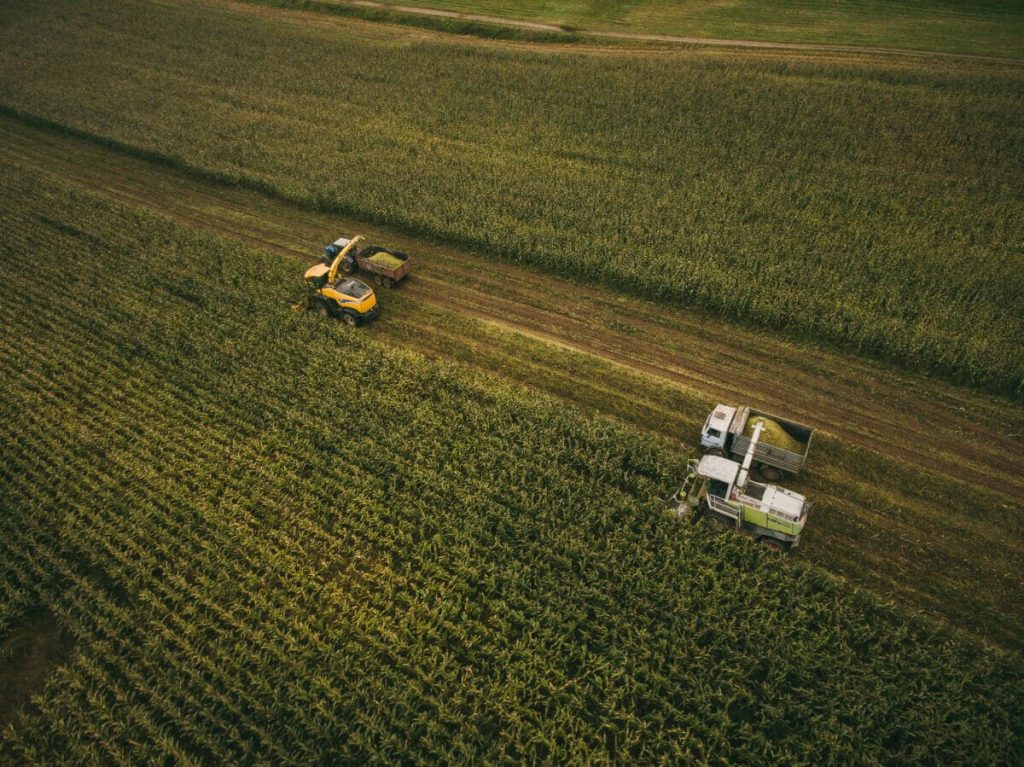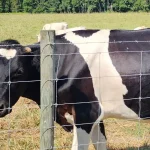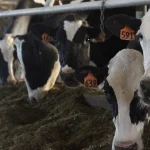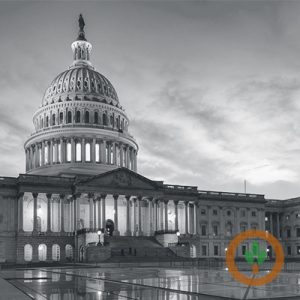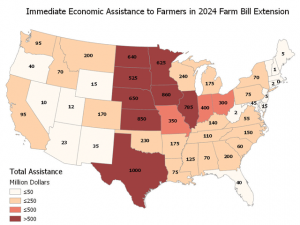
Congress did not pass this critical omnibus bill by the September 30th deadline. Here’s what to expect.
Remind me—what is the farm bill again?
The US Farm Bill is a package of legislation that gets passed approximately every five years, and it more or less shapes the landscape of American agriculture. There have been 18 iterations of this legislation. A lot of important items are rolled into it: crop subsidies, crop insurance, nutrition assistance, conservation programs and much more. The legislation affects farmers, of course, but also every person in the country who eats and buys food, whether you realize it or not. This means that when a farm bill is delayed long enough, everyone may feel the effects in some way.
For a more thorough explanation of what the farm bill is, see our breakdown here.
What was the September 30th deadline? Why didn’t Congress meet it?
Our last farm bill was passed in 2018, so we’re due for our five-year refresh. In preparation for creating a farm bill that will last until 2028, relevant committees in the House and the Senate both draft versions of the bill, then debate and rewrite until the bills pass in both chambers. Then the bills are combined and must be passed by both the House and Senate before being sent to the president. But there have been a few key issues this time around that have held up the process.
Republican-proposed cuts to SNAP (Supplemental Nutrition Assistance Program) prompted House Agriculture Committee Ranking Member David Scott to say in a press release, “I urge my Republican colleagues to proceed with caution. If they want to pass a farm bill that supports America’s farmers and families, they need to keep their hands off SNAP.” Lack of consensus about how to handle the farmer “safety net,” which includes crop subsidies, as well as how to allocate funds within budget constraints have also been notable issues. To learn about other priorities from US groups for this farm bill, read our recap here.
Do farm bill-related programs stop now that the bill hasn’t been re-authorized?
It’s complicated. The stakes are higher for certain programs.
For programs with mandatory funding from the farm bill, operations cease after the funding expires. Programs that get their funding through government appropriations (how the federal government decides to spend money), such as SNAP and federal crop insurance, can continue on without a current farm bill. There are also some programs that get amended and changed with each farm bill that, without reauthorization, would revert back to the law that introduced the program. Unfortunately, many of those laws are extremely outdated and wouldn’t work effectively in the present day.
Here’s what can happen to some of these programs now that the farm bill has expired:
- Title I crop subsidy and dairy support programs will expire at the end of the year. After that, the law reverts back to how it was written in the 1940s. This means less support for dairy farmers. For the consumer, it means prices for food items such as milk could go up by a lot.
- Title II conservation programs have been extended as part of the Inflation Reduction Act through 2031. “Those programs will continue to run as normal,” said economist/senior policy analyst for the House Agricultural Committee Emily Pliscott in a webinar discussing what to expect from this year’s farm bill.
- The Federal Crop Insurance Act is amended through farm bills but has permanent authorization and funding separate from the farm bill and, therefore, will not expire with the farm bill.
- SNAP, in theory, will be unaffected by the farm bill expiring because it runs on appropriations.
There are many other programs that depend on the farm bill for funding or authorization, and those will cease until the bill is reauthorized. These include USDA programs supporting organic farmers, farm-to-food bank assistance and some agricultural research. Read about how some of these programs were affected when the farm bill was delayed in 2018.
Is the narrowly avoided government shutdown a factor?
Yes. Congress just barely passed a continuing resolution on Saturday in time to dodge a government shutdown. If this stopgap hadn’t passed, the shutdown would have had an immense impact on programs funded by appropriations, such as nutrition assistance.
Fortunately, this temporary extension gives Congress 45 extra days to sort out the 12 appropriations bills that keep the country going. That means the next few months should contain big developments for government spending as well as the farm bill.
Has the farm bill been delayed before?
Yes. “It typically does take more than one Congress in one year to get a farm bill done,” said Jonathan Coppess, director of the Gardner Agriculture Policy Program, in the webinar. “So, if in fact we get into extension territory or this drags out past 2023, we are not in an anomalous situation.”
According to Coppess, the longest process was for the farm bill that was passed in 2014. Discussions began in 2011, and it was supposed to be reauthorized in 2012.
“The 2018 farm bill is actually the only one in recent history that has been reauthorized within the year of the expiration,” said Coppess.
What happens now?
Congress has until December to get it together to avoid dairy price hikes in January. “It puts a lot of pressure on us to not reauthorize right now but by the end of the year and either finish a conferenced farm bill, which will be really tight at this point in time, or to do a short-term CR [continuing resolution],” said Pliscott.
Continuing to avoid a government shutdown will also be critical.
“These farm bills, they’re the biggest give and take in the ag community that we have to deal with,” said Regents Fellow, extension economist and professor at Texas A&M University Joe Outlaw in the webinar. “We’ve done this 90-plus years, and they’ve never been easy.”
